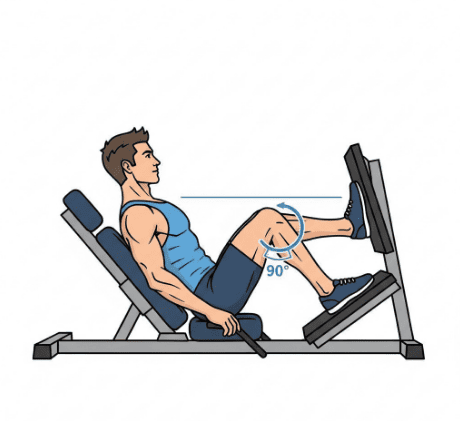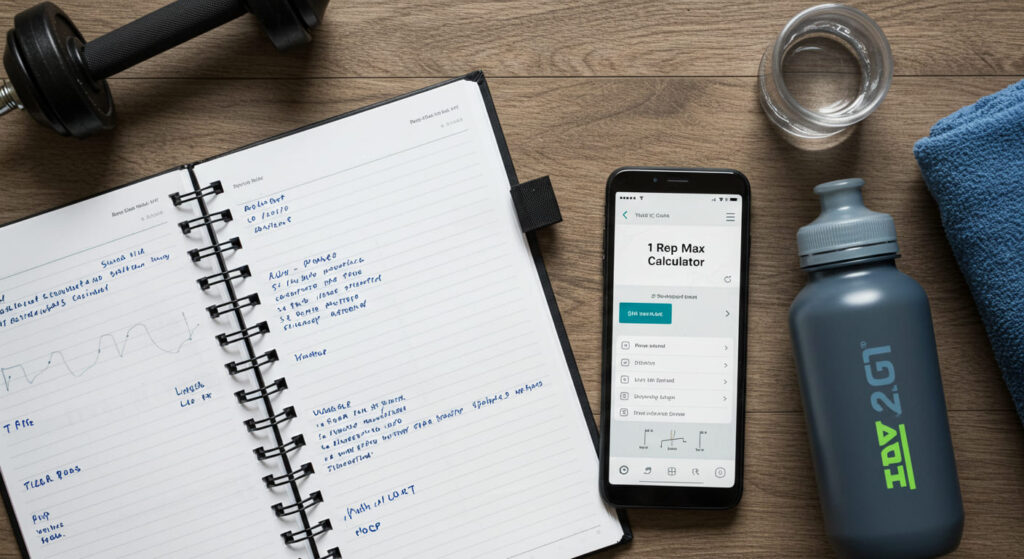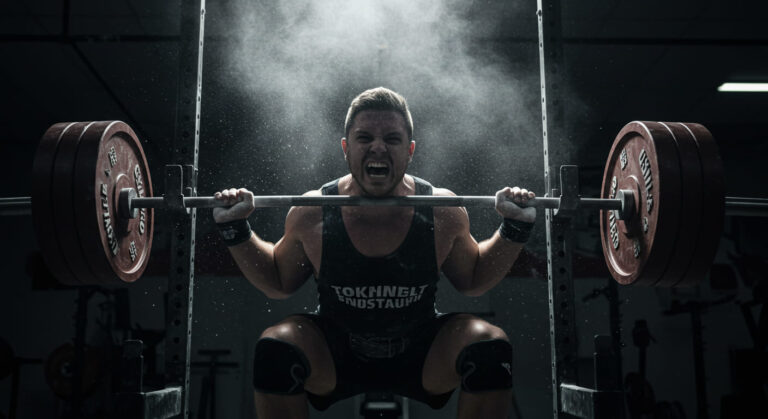Reaching the milestone of a leg press 300 lbs (or about 136 kg) is a significant achievement for many people in the gym. It’s a number that feels substantial, a tangible sign that your hard work is paying off. But the question that often follows is, “Is that actually good?” The simple answer is yes, it’s a solid number. The more accurate, expert answer is: it depends on context.
Your individual strength, experience, gender, and body weight all play a crucial role in defining what a “good” weight is. This guide will break down what a 300 lb leg press means for you, how it fits into overall leg press standards, and how you can work towards this goal safely and effectively.
What Determines a “Good” Leg Press Weight?
Before we can properly evaluate a specific number, we have to understand the variables. A weight that is a warm-up for a professional bodybuilder could be a lifetime goal for someone else. Here are the key factors that provide context to your lift.
- Experience Level: A beginner lifter achieving a 300 lb leg press is far more impressive than an advanced athlete doing the same. Progress is relative.
- Body Weight: Strength is often measured relative to body weight. A 150 lb person pressing 300 lbs is lifting double their body weight, which is an excellent feat. A 250 lb person lifting the same weight is still strong, but the relative strength is lower.
- Gender: On average, men have more muscle mass and a different hormonal profile, leading to higher absolute strength potential than women. However, when measured relative to body weight, female athletes can be incredibly strong.
- The Machine Itself: Not all leg press machines are created equal. A 45-degree sled-style machine feels very different from a horizontal or vertical leg press. The angle and mechanics can significantly alter how much weight you can move. Most discussions, including this one, refer to the standard 45-degree sled.
Is a Leg Press of 300 lbs Good? The Breakdown
So, let’s put that 300 lb leg press into perspective. For most of the population, lifting this weight for multiple reps is a clear indicator of well-developed leg strength.
For Beginners
If you are new to strength training (less than a year of consistent lifting), a 300 lbs leg press is an outstanding goal to work towards. Achieving it demonstrates a solid foundation and commitment to your training.
For Intermediates
For someone who has been training consistently for 1-3 years, a 300 lbs leg press is a very respectable working weight. It signifies you have moved past the novice phase and are building serious strength in your quadriceps, hamstrings, and glutes. This is a common benchmark for intermediate male lifters.
For Advanced Lifters
An advanced lifter might use 300 lbs for higher-rep sets or as a warm-up before moving on to much heavier weights, perhaps even aiming for a 500 pound leg press. For them, it’s a routine part of their training, not a max-effort lift.
What Is a Good Leg Press Weight kg for a Man?
When considering what is a good leg press weight kg man, a common benchmark is to aim for 2 to 2.5 times your body weight for reps.
- Average Man (190 lbs / 86 kg): A good working weight would be around 380 lbs (172 kg). In this context, a 300 lb leg press is a great stepping stone on the way to that goal.
- Beginner Man: Lifting your body weight is a great starting point. Progressing to 1.5x body weight is a sign of solid progress.
What Is a Good Leg Press Weight kg for a Woman?
For women, the relative strength standards are just as impressive. When asking what is a good leg press weight kg woman, the numbers are different but the effort is the same.
- Average Woman (160 lbs / 72 kg): A strong goal is to press 1.5 to 2 times your body weight. That puts a strong leg press between 240-320 lbs (108-145 kg).
- Conclusion: Hitting a leg press 300 lbs is an exceptional achievement for most women and places them in an advanced category of strength.
How to Safely Progress to a 300 lb Leg Press

Reaching your goal is exciting, but doing it without injury is more important. Rushing the process by using poor form or too much weight is a recipe for disaster.
1. Master Your Form First
Before adding another plate, ensure your technique is perfect.
- Foot Placement: Place your feet shoulder-width apart in the middle of the platform. Placing them higher targets the glutes and hamstrings more, while lower targets the quadriceps.
- Full Range of Motion: Lower the weight until your knees are at a 90-degree angle or slightly more. Don’t go so low that your lower back lifts off the pad.
- Control the Negative: Don’t let the weight slam down. Control its descent for 2-3 seconds. This builds muscle and protects your joints.
- Don’t Lock Your Knees: At the top of the movement, press until your legs are straight but never lock your knees out completely. This keeps tension on the muscles and protects the knee joint.
2. Apply Progressive Overload
Progressive overload is the foundation of getting stronger. It means gradually increasing the demand on your muscles. You can do this by:
- Adding more weight.
- Doing more reps with the same weight.
- Doing more sets.
- Decreasing your rest time between sets.
For a comprehensive look at how to structure your training, the National Strength and Conditioning Association (NSCA) provides evidence-based guidelines for athletes.
Finding Your True Strength: The One Rep Max Leg Press
As you get stronger, you might get curious about your absolute maximum strength. This is known as your one rep max leg press or 1RM leg press. While you can test this directly, it carries a high risk of injury, especially without a spotter.
A safer and highly effective method is to use a leg press weight calculator. These tools use a formula based on the weight you can lift for a certain number of reps (e.g., 250 lbs for 8 reps) to estimate your 1RM without the risk.
Ready to find out your true potential? Instead of guessing, get a precise estimate of your strength.

We recommend using this One Rep Max Calculator to safely determine your one-rep max and track your progress toward your goals.
FAQ: Your Leg Press Questions Answered
How does the leg press compare to a squat?
The leg press is an excellent accessory exercise that isolates the leg muscles. Squats are a compound movement that engages your core, back, and stabilizer muscles more. They complement each other well, but they are not interchangeable.
Is a 500 lb leg press possible?
Yes, a 500 lb leg press is a very achievable goal for dedicated and advanced lifters, particularly men. It requires years of consistent, heavy training and smart programming.
Where can I find a leg press weight chart?
You can find a general leg press weight chart online, but remember they are just guidelines. The best “chart” is your own training log. Track your progress against yourself, focusing on consistent improvement based on the principles of progressive overload.
The Final Verdict
A leg press of 300 lbs is a fantastic strength milestone. It places you firmly in the intermediate category for most men and in the advanced category for most women. It’s a clear signal that you have built a powerful lower body.
However, never let a number define your fitness journey. The goal should always be consistent progress, impeccable form, and long-term health. Celebrate hitting 300 lbs, and then set your sights on the next goal, whether it’s more reps, more weight, or mastering another challenging lift.






